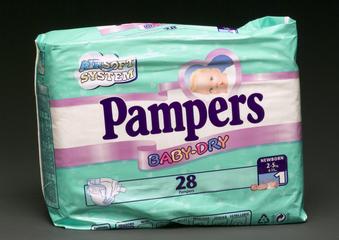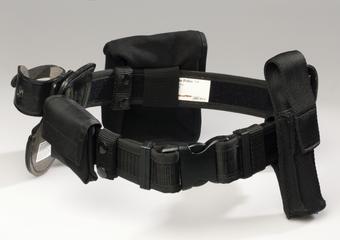Batten from Vicarage Court Care Home visiting booth
Pine batten, part of visiting booth constructed around a patio door by staff at Vicarage Court care home in Featherstone, Pontefract, in October 2020 and decorated and used by residents during the COVID-19 pandemic, 2020-2022
More
Throughout the pandemic, care homes juggled the need to protect residents from infection against the detrimental impact of social isolation and loneliness. As winter 2020 approached, bringing rising cases and cooler weather, staff at this Yorkshire home came up with the idea of an enclosed booth to enable people living onsite to safely receive indoor visits from family and friends.
The first of two pods built by Vicarage Court; it was created using thin wooden panels and Perspex, secured to the walls and ceiling with caulk to allow for conversation while maintaining a complete seal. The hand-made decorations were added by some of the home’s 65 residents. Families could book the booth for a 30-minute slot to allow for cleaning between visits, and the patio doors were accessed via a separate entrance.
The story was swiftly picked by local and national news outlets after a picture posted on the home’s Facebook page went viral, attracting 2.9 million views.
One of the first visitors to use it, Glynis Millington, told the BBC: “At the beginning of the lockdown, it was months before I could see my mum [who lives with dementia]. As you can imagine for her, as well as us, it was really, really hard. So, to be able to come and see her and talk to her, see what she’s like, is brilliant. Something so simple will make such a big difference.”
Between April and July 2020, family and friends were advised by Government ‘not to visit care homes, except next of kin in exceptional situations such as end of life’. Further national and local restrictions on visiting – alongside social distancing guidelines calling for a gap of 2m to be maintained between people living in different households – effectively cut off care home residents from physical contact with their loved ones for much of 2020-21.
Conscious of the profound toll on residents’ wellbeing, particularly those living with dementia, many facilities came up with resourceful solutions ranging from window or drive-through visits to pods like this one. Such initiatives were far from universal, however, being hampered by staff shortages, ambiguous guidance and limited resources.





